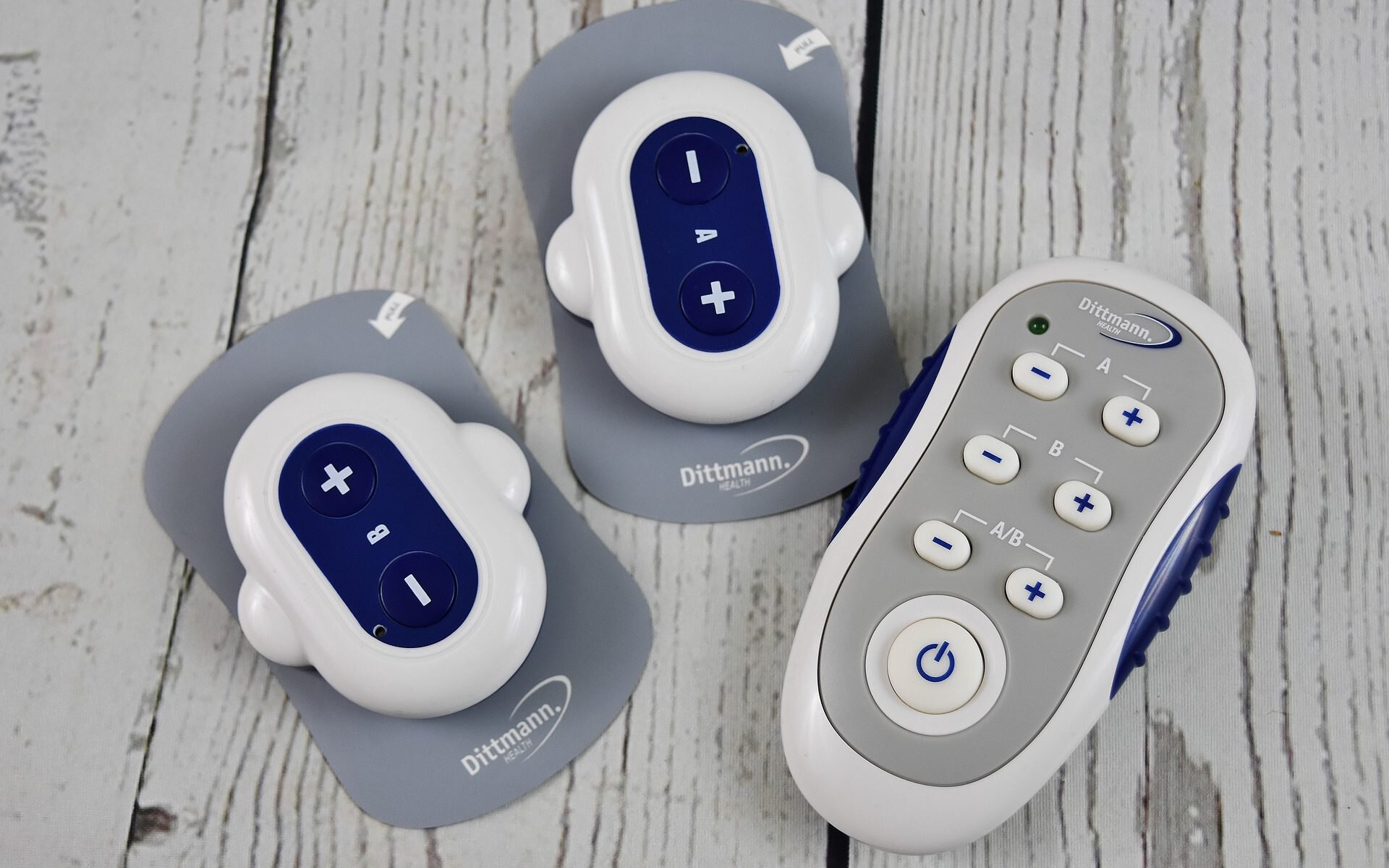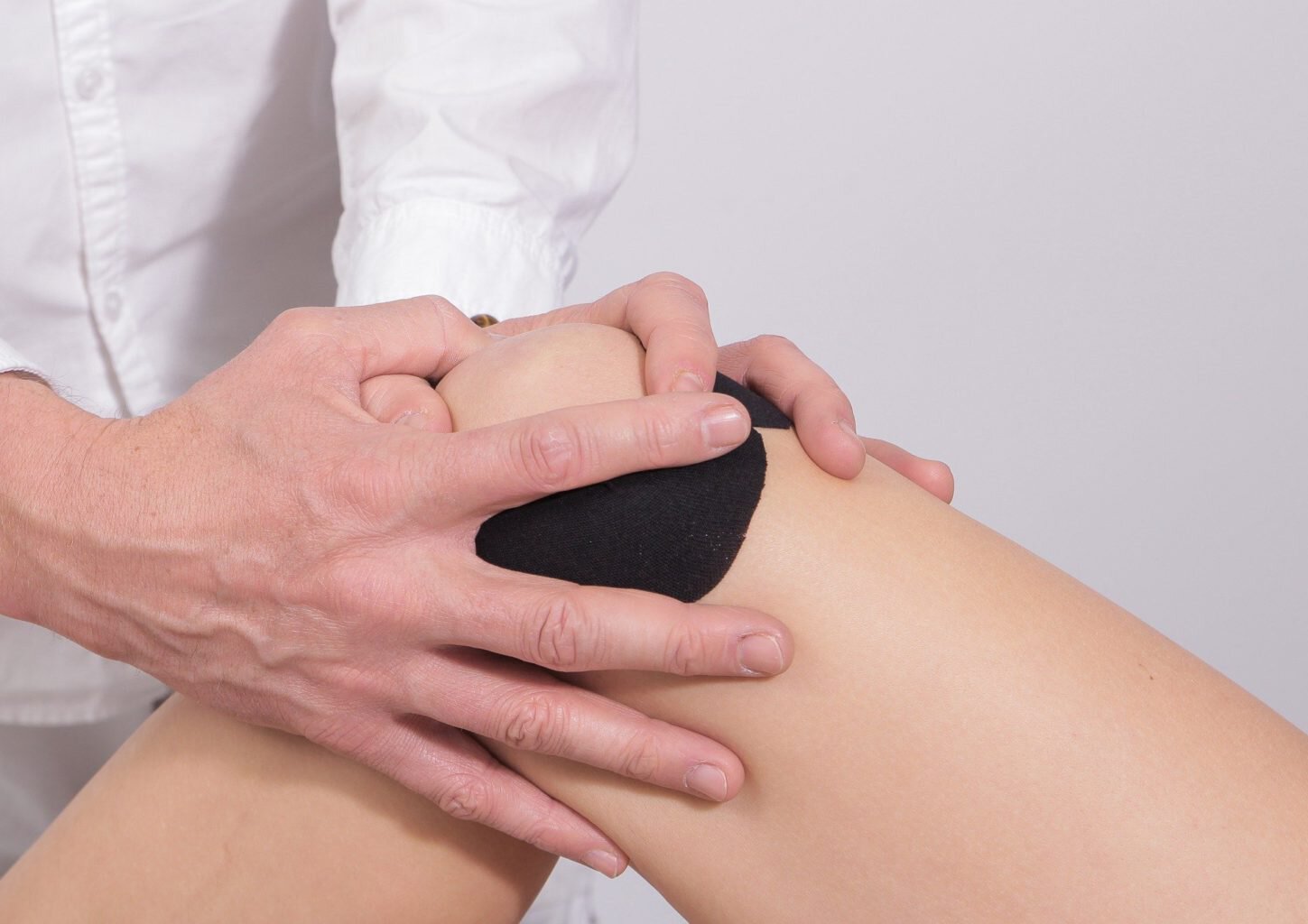


With all sorts of varying levels and types of pain, it makes sense to not have a one-size-fits-all treatment; acute, or short-term, pain might need a different approach compared to chronic, or long-term, pain. Pain medicine, surgery and other forms of pain treatment are available, but one noninvasive and readily available option is TENS. You may be asking yourself: What is TENS? How does it work? Will it help treat my pain?
TENS stands for transcutaneous electrical nerve stimulation, and it is a low-risk pain relief option. This battery-operated device is also known as a TENS unit. It is small, lightweight and portable, so you can carry it in your pocket for immediate access. If you don't have a TENS unit, you can rely on your doctor or health care provider to use it on you.
The goal of a TENS unit is to treat pain, whether it is acute or chronic; note that it does not cure pain. It releases a low voltage electric current to ease the pain. As mentioned before, these units are non-invasive, and they don't require medication. By treating the pain, TENS can even help reduce the intake of pain medication.
To treat pain, the TENS unit delivers small electrical pulses or currents to targeted areas on the body. These currents are delivered through electrodes that are attached with adhesive pads to the skin. The pads should be attached to dry skin near the nerves where the pain exists.
Once the pads are attached, the electrical current is released. The current floods the nervous system and stops it from transmitting pain signals to the spinal cord and brain. It also stimulates the body's nerves to produce endorphins, which are natural pain relievers. These two outcomes tackle pain, relax muscles and ultimately disrupt the pain cycle.
The unit has controls that help you deliver the appropriate amount of pain relief, depending on how high or low the pain level is. These controls tackle the intensity, frequency and duration of the electrical current. Intensity allows a high or low level of electrical stimulation. Frequency allows a high or low rate of electrical pulses per second. Duration impacts the number of microseconds that the current enters the skin during one pulse.

A TENS unit treats a variety of pain: labor pains, joint pains, knee, neck or back pains – it can even treat TMJ pain.
It can also treat pain from arthritis, bursitis, diabetic neuropathy, endometriosis, fibromyalgia, headaches, sclerosis, tendonitis and more.
Using the unit should not hurt; it is meant to create an electrical current to treat pain and relax muscles. If it does hurt, you should stop using it.
Some people might be sensitive to TENS, as it can create a buzzing, tickling, tingling or prickling feeling. Start on a lower level of electrical current and work your way up but not to a point where it is uncomfortable or painful.
Note that some people are allergic to the adhesive pads.
There is no set guarantee that TENS will treat all of your pain; the pain relief duration or effectiveness varies from person to person, depending on the intensity and frequency of the TENS dose and the pain area itself.
Almost everyone can use TENS, except for a select group:
Don't use TENS while driving, operating heavy machinery or in the shower or bath.
When using the unit, never place the electrodes on the front of the neck, eyes or mouth, tumors, open or infected wounds, or numb areas.
Sherman Oaks TMJ Expert, Dr. Eddie Siman, uses non-invasive, holistic treatments for his TMJ clients. He readily utilizes TENS units as part of his treatment program.
Dr. Siman's unit works to relax the tense jaw muscles, reduce tension and ultimately provide pain relief.
If you would like to schedule a consultation with Dr. Siman regarding your TMJ or treating your pain with a TENS unit, contact Dr. Eddit Siman today at his Sherman Oaks or Beverly Hills office. Our Los Angeles dental practice can help you determine if TENS is right for you.
Dr. Eddie Siman has over 35 years of experience and is a premier TMJ and Sleep Apnea expert in Los Angeles and Orange County. Many come to Dr. Eddie Siman with severe tinnitus, migraine problems, and sleep apnea with no relief in sight. Little do these patients know that their painful symptoms are tied to the Temporomandibular joint (TMJ). Think outside the box and pay a simple visit to Dr. Siman today so you can finally find the source of all your pain and get rid of it once and for all.
Schedule your Private Consultation and Diagnosis Appointment with Dr. Siman Expert TMJ, Cosmetic Dental, and Sleep Apnea Treatments.
Call today (818) 574-5009
14629 Ventura Blvd, Sherman Oaks, CA 91423
414 N. Camden Drive Suite #1240, Beverly Hills, CA 90403